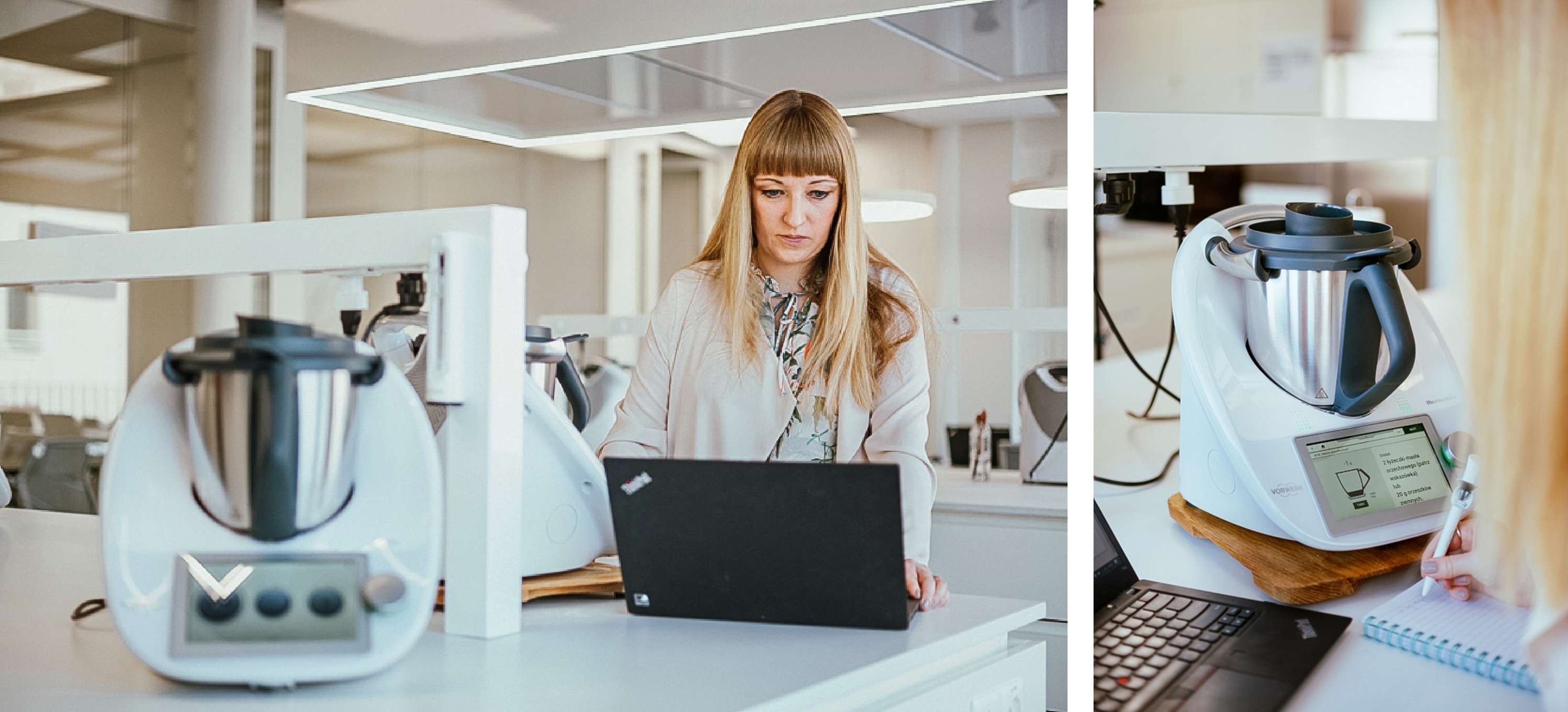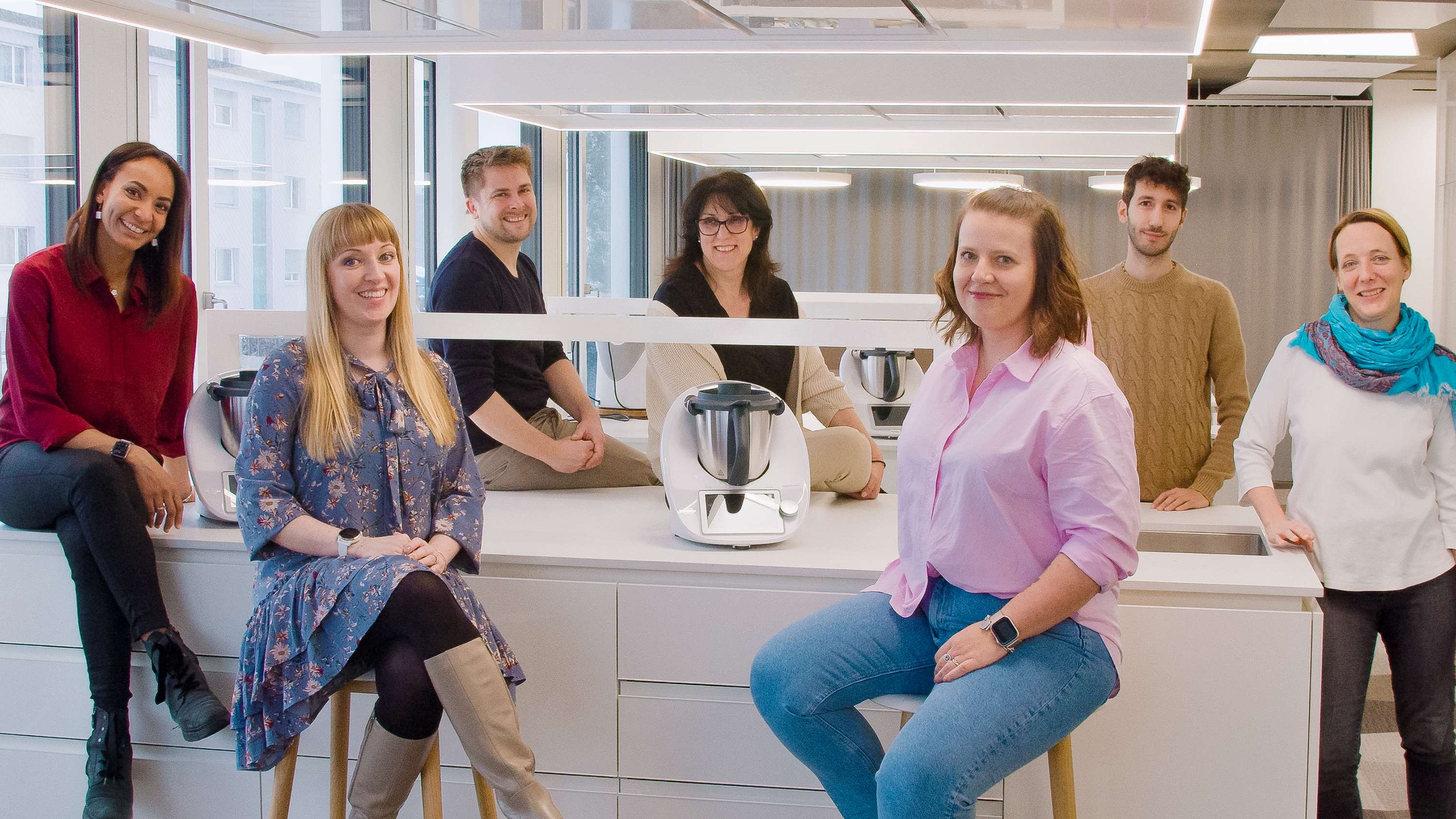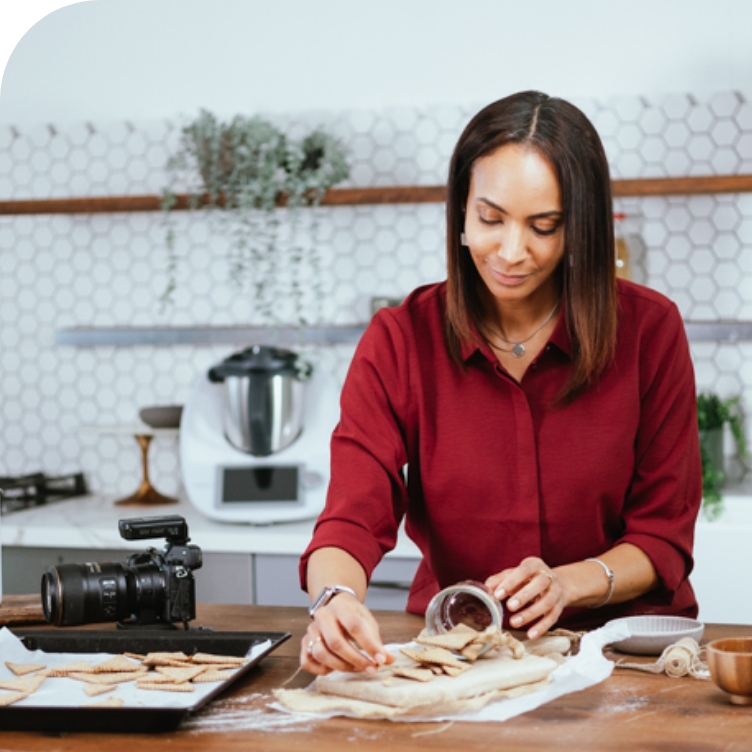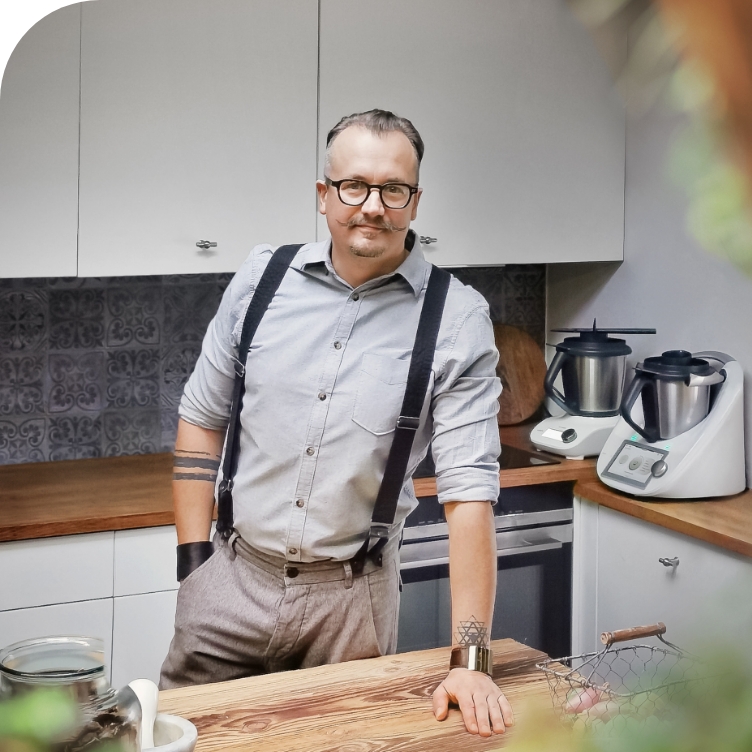The new recipe is tasted outside Vorwerk for the first time: Mostly external testers cook it and evaluate it based on predefined criteria. The developers then use this feedback to optimize their creations again before they are published. Three questions for the Spaniard Mari-Bel Giorno from the GRC Vorwerk International.
Our Financial Year 2022
Group Management Report 2022
Consolidated Financial Statements 2022






























 Fullscreen
Fullscreen Close
Close


 Download
Download